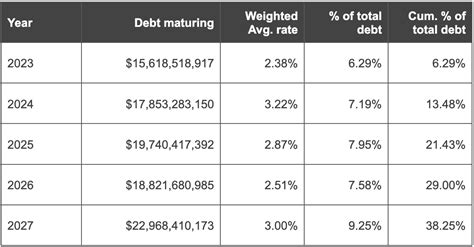Navigating the Dual Challenge: Student Loans vs. Retirement Savings
For many men entering or progressing through their careers today, the financial landscape presents a unique challenge: the burden of student loan debt often clashes with the crucial need to save for retirement. This isn’t just a theoretical dilemma; it’s a practical, day-to-day balancing act that requires strategic thinking and discipline. The choices made now can significantly impact long-term financial health, making it imperative to develop an effective approach to tackle both.
Understanding the intricacies of both your student loan obligations and your retirement savings potential is the first step toward building a robust financial plan. It’s about more than just numbers; it’s about prioritizing, optimizing, and making informed decisions that align with your personal financial goals and risk tolerance.

Assessing Your Financial Foundation: Debt and Goals
Before any strategy can be implemented, a thorough assessment of your current financial situation is essential. List all your student loans, noting their interest rates, outstanding balances, and minimum monthly payments. Similarly, evaluate your retirement savings – current contributions, employer matching programs (like a 401k), and any existing investment accounts. This clarity will provide the necessary data points for informed decision-making.
Consider the interest rates on your student loans. High-interest debt (e.g., private loans over 6-7%) can be a significant drag on your financial progress, as the interest accrues rapidly, making it harder to pay down the principal. Conversely, low-interest federal loans might offer more flexibility.
The Power of Employer Match: A Non-Negotiable Start
One of the most straightforward pieces of financial advice often overlooked is the employer 401k match. If your company offers a matching contribution, contributing at least enough to get the full match is essentially free money – an immediate, guaranteed return on your investment that is hard to beat anywhere else. Prioritizing this before aggressive student loan payments often makes sound financial sense, as missing out on this match means leaving money on the table.

Strategic Approaches: Debt First vs. Invest First vs. Hybrid
Once you understand your debt and investment opportunities, you can explore various strategies:
1. The “Debt-First” Aggressive Payoff
This strategy prioritizes paying off student loans as quickly as possible, especially those with high interest rates. The psychological benefit of being debt-free can be immense, and eliminating high-interest debt can provide a guaranteed “return” equivalent to the interest rate. Once the loans are gone, all the money previously allocated to payments can be redirected towards retirement savings.
2. The “Invest-First” Approach (After Employer Match)
Some argue that due to the power of compound interest, it’s better to invest early and consistently, even with student loan debt. This approach is more viable for those with lower-interest student loans (e.g., 4% or less), where the potential returns from investments might outpace the cost of debt. However, this carries more risk as investment returns are not guaranteed.
3. The Hybrid “Balanced” Strategy
For many, a balanced approach offers the best of both worlds. This typically involves:
- Contributing enough to your 401k to get the full employer match.
- Making minimum payments on all student loans.
- Allocating any additional disposable income towards either aggressive debt repayment (starting with highest interest) or increased retirement contributions, based on current interest rates, market conditions, and personal comfort level. For instance, if you have 7% student loan debt, you might prioritize paying that down over investing in an IRA that might historically return 7-10% but with market risk.

Refinancing and Loan Management
Don’t overlook the potential to refinance your student loans. If you have good credit and a stable income, you might be able to secure a lower interest rate, which can free up cash flow or allow you to pay off the debt faster. Consolidating multiple loans into one can also simplify your payments. However, be aware of the trade-offs, particularly if refinancing federal loans into private ones, as you might lose access to income-driven repayment plans or forgiveness programs.
The Psychological Aspect: Staying Motivated
Balancing these two major financial goals can be mentally taxing. Celebrate small victories – whether it’s paying off a small loan or reaching a savings milestone. Regularly review your progress and adjust your strategy as your income, expenses, or market conditions change. Financial planning isn’t a one-time event; it’s an ongoing process.

Seeking Professional Guidance
For complex situations, or if you simply want a second opinion, consulting a certified financial planner (CFP) can be invaluable. They can help you analyze your specific situation, model different scenarios, and create a personalized plan that aligns with your financial aspirations and risk tolerance.

Conclusion: A Personalized Path to Financial Freedom
There’s no single, one-size-fits-all answer to balancing student loan debt with retirement savings. The most effective strategy will be highly personal, depending on your loan interest rates, income, career stability, risk appetite, and long-term goals. By understanding your financial landscape, prioritizing wisely, and staying consistent, men can confidently navigate this dual challenge, building a strong foundation for both immediate debt relief and a secure financial future.




